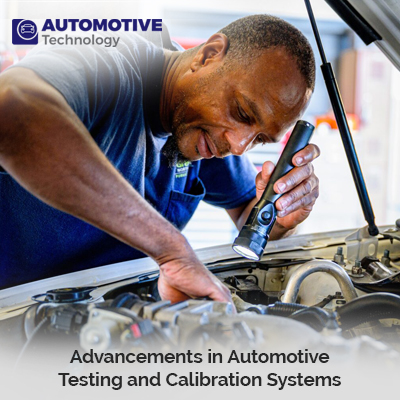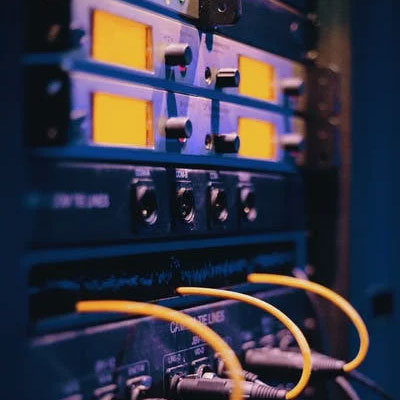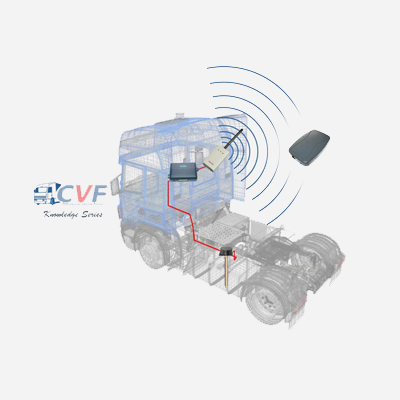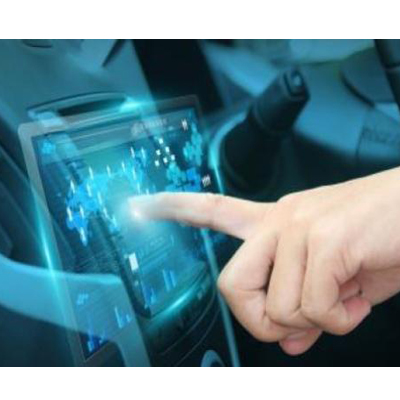Advancements in Automotive Testing and Calibration Systems

In the ever-evolving landscape of automotive technology, ensuring vehicles meet stringent safety, performance, and emissions standards is paramount. From the earliest days of the automotive industry to the present, testing and calibration systems have played a crucial role in guaranteeing that vehicles meet regulatory requirements and consumer expectations. However, with the rapid advancement of technology, these systems have transformed, incorporating cutting-edge innovations that promise greater accuracy, efficiency, and adaptability. In this article, we delve into the advancements in automotive testing and calibration systems, exploring how they are reshaping the industry and driving the vehicles of tomorrow.
I. Evolution of Automotive Testing and Calibration Systems
The evolution of automotive testing and calibration systems is a testament to the relentless pursuit of excellence within the industry. Early testing methods were rudimentary compared to today's sophisticated techniques. Simple dynamometers and manual adjustment processes sufficed in the past, but as vehicles became more complex, so too did the need for more advanced testing and calibration systems.
One significant milestone in the evolution of automotive testing was the introduction of computerized systems. This innovation enabled engineers to conduct more precise measurements and control parameters with greater accuracy. Furthermore, the integration of electronic sensors and actuators facilitated real-time monitoring and adjustment of various vehicle components, paving the way for more efficient calibration processes.
| Also Read: Revolutionize Your Vehicles: Automotive Testing and Calibration Essentials |
II. Advancements Driving Change
The advent of advanced sensor technology, artificial intelligence (AI), and machine learning has revolutionized automotive testing and calibration systems. These advancements have empowered engineers to optimize vehicle performance, enhance safety features, and minimize emissions like never before.
Sensor Technology:
Modern vehicles are equipped with a plethora of sensors that monitor everything from engine temperature to tire pressure. These sensors provide invaluable data that is used to calibrate and fine-tune vehicle systems for optimal performance and efficiency. Moreover, the integration of sensor fusion techniques allows for the integration of multiple sensor inputs, providing a comprehensive view of the vehicle's operating conditions.
Artificial Intelligence and Machine Learning:
AI and machine learning algorithms have ushered in a new era of predictive analytics and autonomous optimization in automotive testing. These algorithms analyze vast amounts of data in real time, identifying patterns and trends that would be impossible for humans to discern. By leveraging AI-driven optimization techniques, engineers can fine-tune vehicle parameters dynamically, adapting to changing environmental conditions and driving patterns.
Virtual Testing Environments:
Traditional testing methods often require extensive physical prototypes and testing facilities, which can be time-consuming and costly. Virtual testing environments, powered by advanced simulation software, offer a cost-effective alternative that accelerates the testing and calibration process. Engineers can simulate various driving scenarios and environmental conditions, allowing them to evaluate vehicle performance without the need for physical prototypes.
Connectivity and Over-the-Air Updates:
The rise of connected vehicles has enabled manufacturers to implement over-the-air (OTA) updates, allowing for remote calibration and optimization of vehicle systems. This capability not only streamlines the calibration process but also ensures that vehicles remain up-to-date with the latest performance enhancements and regulatory requirements throughout their lifecycle.
III. Implications for the Future
The advancements in automotive testing and calibration systems hold profound implications for the future of the automotive industry.
Enhanced Performance and Efficiency:
By leveraging advanced testing and calibration systems, manufacturers can continuously optimize vehicle performance and efficiency. This not only improves the driving experience for consumers but also enables automakers to meet increasingly stringent regulatory standards.
Accelerated Innovation:
The rapid pace of technological advancement in testing and calibration systems is fueling innovation across the automotive industry. Manufacturers are embracing new technologies and methodologies to stay ahead of the curve, driving the development of next-generation vehicles with unprecedented capabilities.
Sustainability and Emissions Reduction:
Efforts to reduce emissions and mitigate the environmental impact of transportation are driving innovation in automotive testing and calibration systems. By fine-tuning engine performance and optimizing emissions control systems, manufacturers can develop vehicles that are more eco-friendly and sustainable.
Autonomous Driving:
The transition towards autonomous vehicles relies heavily on advanced testing and calibration systems. By refining sensor fusion algorithms and optimizing vehicle dynamics, manufacturers can enhance the safety and reliability of autonomous driving systems, bringing us closer to a future where self-driving cars are commonplace.
Conclusion
Advancements in automotive testing and calibration systems are reshaping the way vehicles are designed, manufactured, and operated. From sensor technology and AI-driven optimization to virtual testing environments and OTA updates, these innovations are driving unprecedented levels of performance, efficiency, and sustainability across the automotive industry. As we look toward the future, the continued evolution of testing and calibration systems promises to unlock new possibilities and propel us toward a safer, more sustainable, and more connected automotive ecosystem. With each technological leap, the automotive industry moves closer to achieving the ultimate goal of safer, more efficient, and more environmentally friendly transportation for all.



